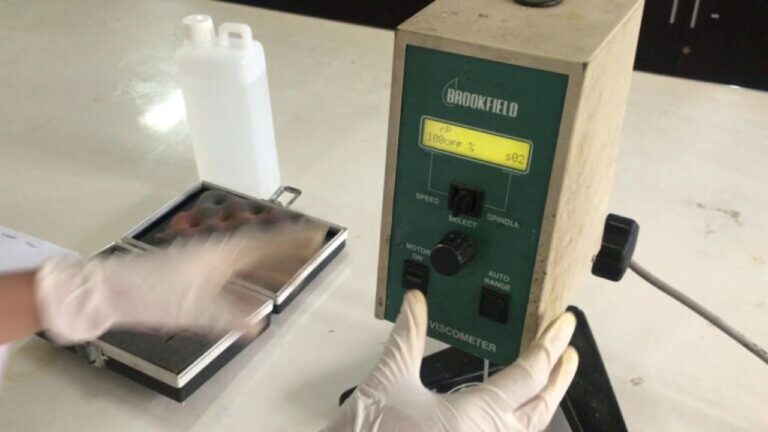Raising chalice: Conscience, Function and How to Use

It's important to know all sorts Lab equipment. Before you use a lab tool, and here I'll explain to you about understanding, function and also how to use Steaming chalice lab Before you use the device.
Raising Grail understanding

The vapor chalice is a laboratory tool that's usually used to help do heating or evaporating materials in labs that are not volatile. The steamer chalice is made of material porcelain It's very thick.
Raising Grail material
Here are some of the ingredients used to make steaming dishes:
- Grail Creator material:
- Porcelain: Traditionally absorbing chalice is often made of porcelain. It can be used to vaporize liquid safely.
- Heat resistance:
- Borosilicate glass:
- Handlers:
- Pounding: The steamer chalice is often placed above static or brace to maintain its position while heated.
- Stir Bar: Stirling bars of glass or metal can be used to stir up the evaporated liquid.
- Tripod: Tripod or lab rack used to support the evaporating dish on fire.
The steamer chalice usually has a sunken or bowl with relatively thick walls to hold high temperatures. They're also normally flat at the bottom to increase contact with the heat used to vaporize the fluid.
Raising Grail Size
The steaming chalice, like many other laboratory appliances, is available in many different sizes to accommodate a variety of use needs. The size of the steamer dish is usually specified in volume units (for example, milliliters or liters) or diameters (for example, in centimeters or inches). Here are some of the size of the steam dish that is commonly used:
- Small: small steaming grasses usually have a volume of about 50 to 150 milliliters. They're suited to vaporize a small amount of liquid or liquid.
- Medium: The vapor chalice is currently having volumes ranging between 150 to 300 milliliters. These sizes are often used in laboratory experiments everyday.
- The large steamer chalice has a volume of over 300 milliliters, and some can reach several liters. They're used to vaporize a larger amount of fluids.
- Diameter: the vapor chalice is also frequently measured by their diameter. The diameter size varied, and the steam saucers that are generally used may have diameter from a few centimeters to a few centimeters.
The selection of dish-sized evaporation will depend on the quantity of fluid that you need to vaporize and any kind of experiment or specific laboratory applications. Make sure to choose the right size of you to be able to do the efficient and accurate evaporation process.
Grail Function
Steaming chalice It has a function and role in the lab which is as described above that Porcelain dish It works for containers to be able to do a warming or evaporation in a material in a lab. Because it's made of porcelain material, it's confirmed that it has heat-resistant properties. Even though it's still in use, it's going to have a little bit darker at the bottom if it's been used for a long time.
How to use a porcelain dish
If you already know what a steaming dish is then how to use a steaming dish? Here's a step to use Cup vapor:
- First, make sure the chalice is clean. If it's not clean, you can wash it first before using it. The goal is for the function to work.
- Then please enter the sample you're about to do to warm up into the chalice with caution.
- Warming can be done in flames bunsen or with waterbath.
- If you do, you better not take the chalice with your bare hands. Be sure to use a rag or wooden clip So your hands don't get hot from the chalice.
Conclusion
So in conclusion, after what we discussed on top of this steaming dish, it really works to help do a warm-up. And maybe that's all I can say about that cup, hopefully this article will answer your questions. Thank you.





